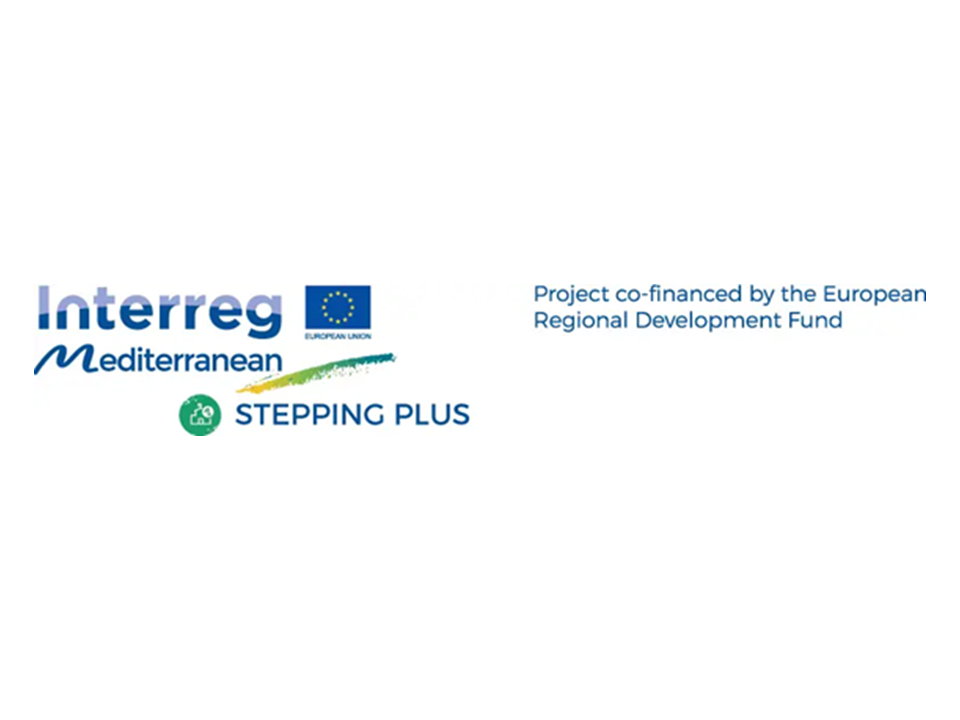Through the European Program INTERREG Med, two projects were co-financed: STEPPING, which involved Environment Park as a partner, and the subsequent STEPPING PLUS, where Envipark participated through the partner Fondazione Compagnia di San Paolo. Both the projects are focused on the theme of energy upgrading of public buildings.
STEPPING has aimed to promote the dissemination of Energy Performance Contracts, through coordination and experimentation of local initiatives, definition of guidelines and dissemination and training activities. The next STEPPING PLUS focuses on the transfer of results from the previous STEPPING project, including the MED EPC Guidelines and the Investment Simulation Tool.

OUR ROLE
In the project STEPPING, Environment Park, as a partner, has developed an EPC financial simulation tool, the EPC Simulation Tool, whose main objective is to define different investment scenarios for the energy renovation of buildings by simulating the investor’s business plan within the EPC and balancing public and private interests in the realization of the investment.
As part of STEPPING PLUS, Envipark was involved to update the simulation tool from a technical point of view and implement a new web application, so as to ensure wider access and better use by institutions and organizations. The implementation of the new app saw the involvement of the company WPWEB.
The EPC Simulation Tool is an Excel calculation file available in every partner language of the project (French, Catalan, Italian, Slovenian) and thanks to a simple and intuitive interface, the user can easily identify and enter all the data necessary for the simulation of one or more EPCs and their Economic and Financial Plan (PEF) for the energy upgrading of existing buildings.
The Tool allows to:
- Verify the sustainability of the investment through four economic indicators (NPV, IRR, DSCR – Debt service coverage ratio and Profitability Index);
- Define the contractual conditions of an EPC so as to make the investment attractive to the market and attractive to building owners;
- Simulate energy redevelopment investment plans that include building groups of different owners.
